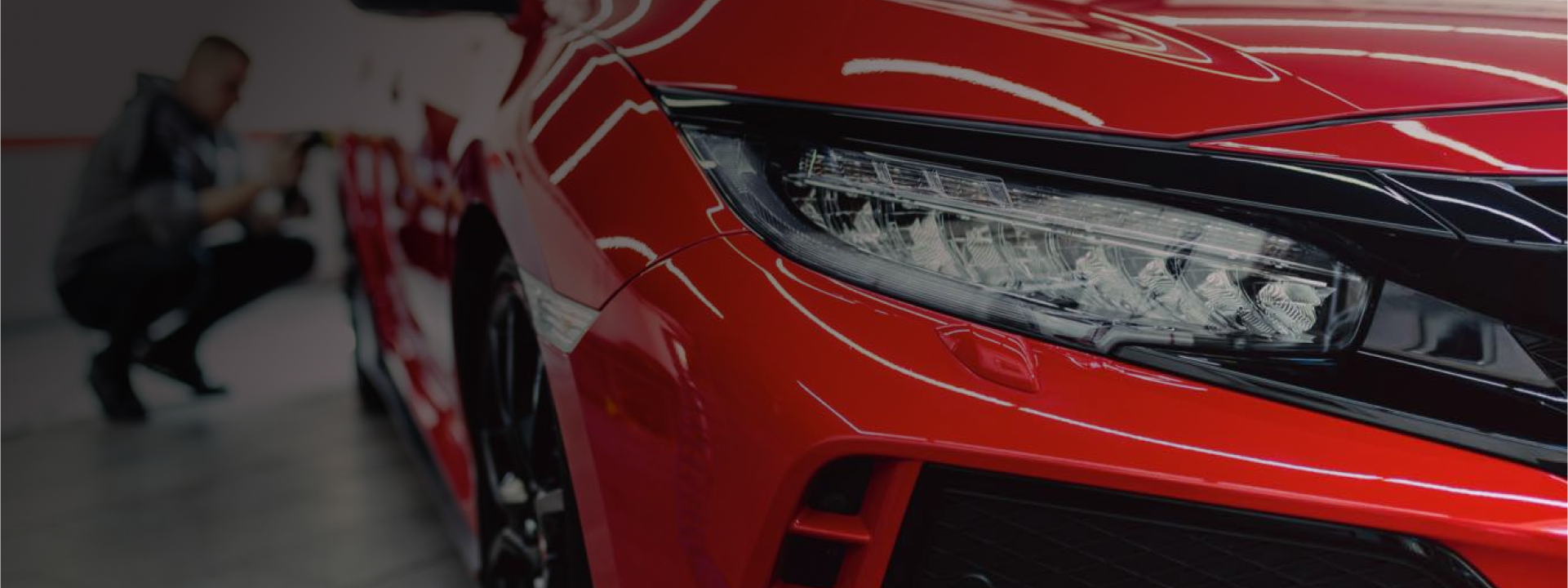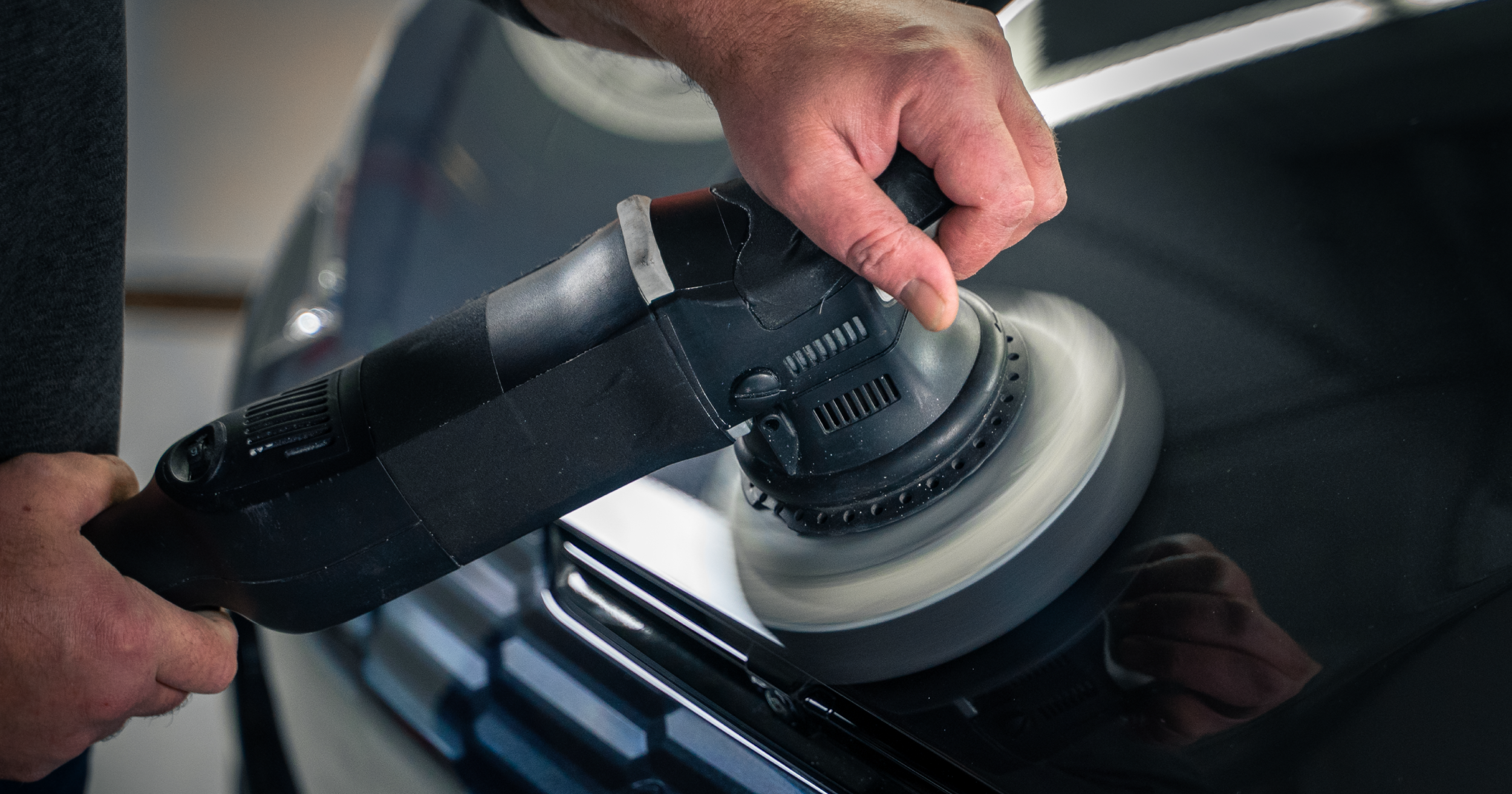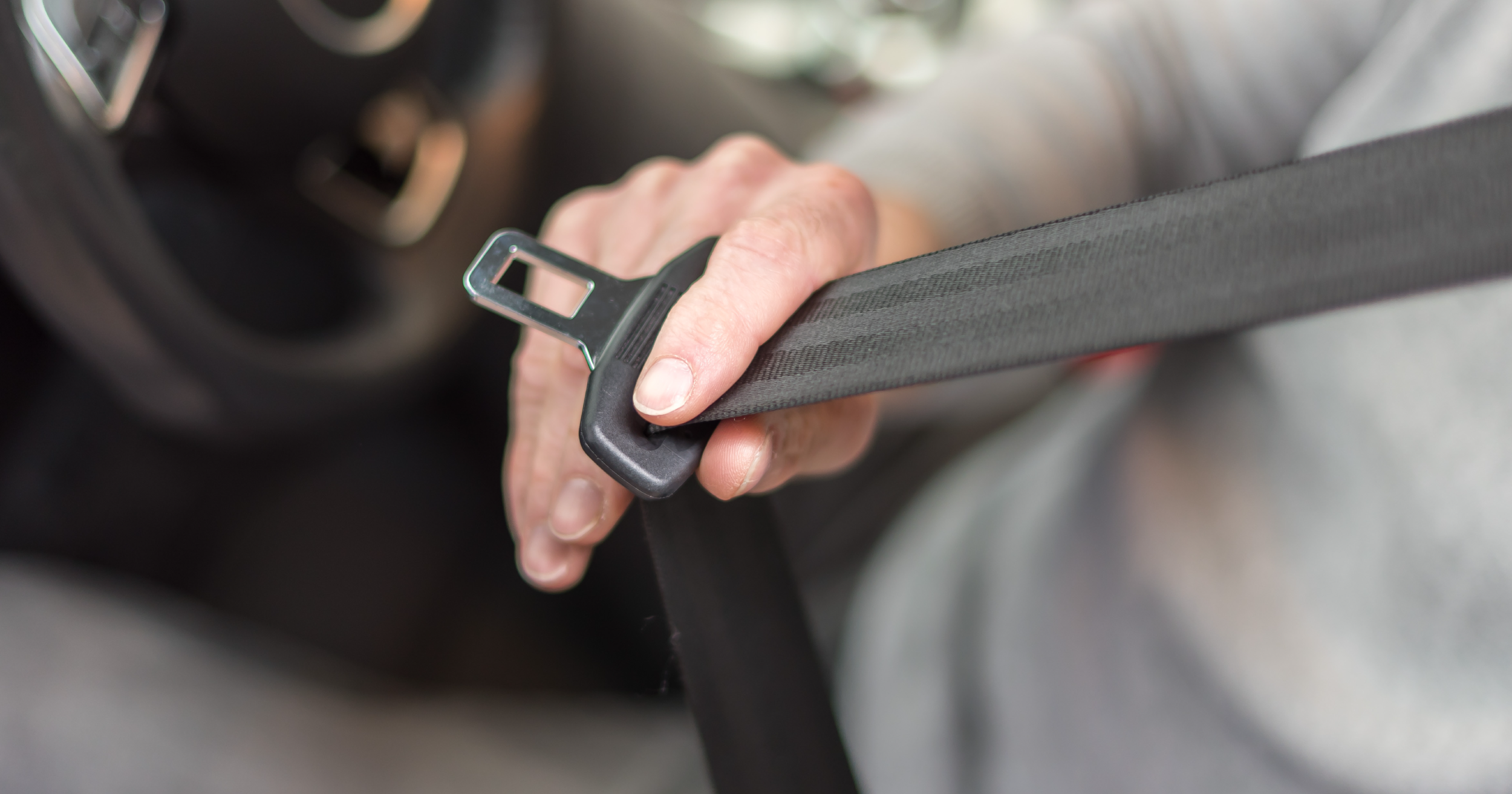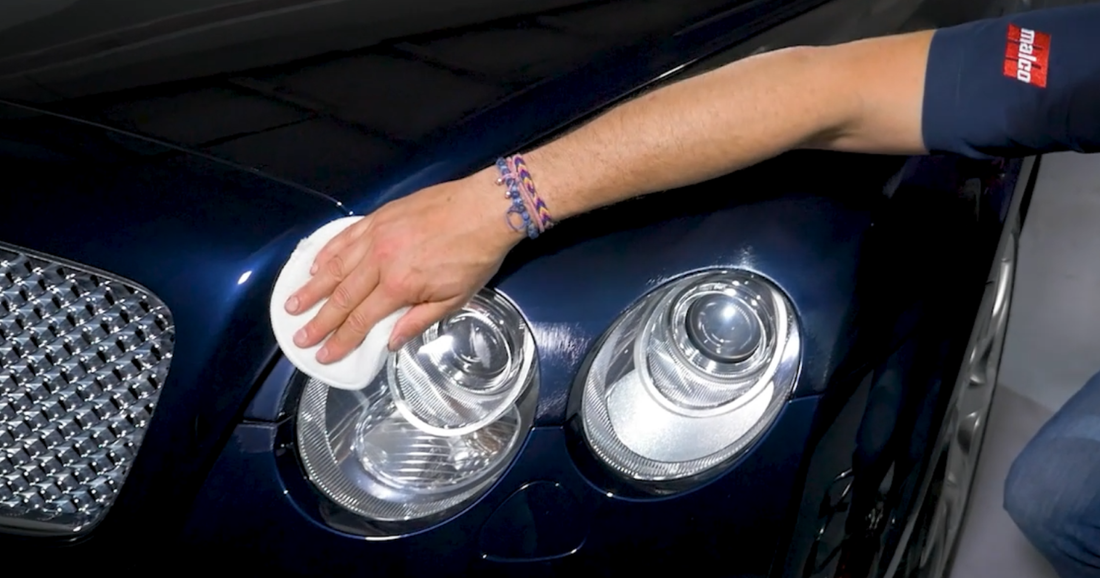The Ultimate Guide to Car Paint Protection: Products and Methods
Adding a protective layer to your car paint is essential to maintaining the appearance and resale value of your vehicle. From road salt to bird droppings, many forms of corrosive contamination threaten to break down automotive clear coat. Adding the appropriate level of paint protection keeps these threats at bay and extends the life of your paint job.
Before you add protection to your car paint, it is important to prepare the vehicle surface, choose the appropriate form of paint protection for your needs, and understand how to maintain that new layer of protection to get the most out of it.
Table of Contents
- Preparing Surfaces
- Protecting Paint
- Waxes
- Coatings
- Paint Protection Films
- Maintaining Paint
- Key Takeaways
Prepare Automotive Painted Surfaces for Paint Protection
Before any form of paint protection is added, a number of steps must be taken to prepare painted surfaces. These steps ensure that your chosen form of protection can bond to the surface of the vehicle and they increase the longevity of said protection.
Spot-Treat Contamination
The first step is to spot-treat any contaminants, like tar, grease, road oil, tree sap, bug impacts, environmental fallout, bird droppings, and more. Make sure to hit all painted areas of your vehicle, including the fenders, the front bumper, and the side mirrors. Vehicles with larger surface areas, like SUVs, tend to see a lot more splattered bugs and other contamination. These impurities should be removed before washing, buffing, and waxing. Otherwise, you risk working them deeper into the vehicle's clear coat.
Wash Away Dirt
Next, wash your vehicle thoroughly to remove any remaining road debris and chemicals. Choose the appropriate car wash for your needs and follow proper car washing techniques. See here for a step-by-step guide on the proper car wash process and tips on how to avoid creating swirl marks.
Clay Bar Tough Contaminants
Another crucial step in removing impurities from your car paint is clay bar treatment. Clay polymers remove tough contamination from car paint that cannot be addressed through chemical treatment or washing.
Correct Imperfections
Now, you can correct any imperfections or oxidation in your car paint, restoring your paint surface to a smooth finish. The goal is to remove any scratches, oxidation, and other defects.
Buff and polish away scratches and any other remaining imperfections. You should only need to correct your paint a couple of times per year and this step will not be necessary every time you wash or apply protection. See here for more on paint correction and restoration.
Car Paint Protection: What is the Best Protection for Car Paint?
Waxes: Is it Good to Wax Your Car?
Waxing your vehicle surface adds a layer of protection to the paintwork, preventing minor scratching and keeping contaminants from adhering. Protecting your vehicle paint is essential in car care and critical to maintaining your vehicle’s clear coat and that new car appearance. Using high-quality, dependable car wax is one way to achieve this protection.
The wax application process can vary, depending on the consistency of the wax used. Paste wax is thicker and can even be hard. This type of wax is known for its ability to provide superior sheen, increased durability, and lasting protection. Nano Care®️ Blueberry Paste Wax provides up to 12 months of enhanced, durable protection and contains a special non-swirl agent that makes it especially effective on dark or bright-colored paint jobs.
However, paste waxes require more time to apply than their liquid counterpart. Paste waxes can be applied much faster through machine application. For more on applying wax faster with a buffer, see here.
Liquid waxes are thinner than paste waxes, making them much easier and faster to apply. Liquid waxes produce a much “wetter” finish than traditional paste wax. However, liquid wax will not typically last as long as paste wax and is not as durable.
For a premium liquid wax that produces a deep gloss and lasts for two months, we recommend Cherry Flash®️ Liquid Paste Wax. This easy-to-use car wax can even be applied through a trigger sprayer. For longer-lasting protection, we recommend Nano Care®️ Banana Creme Wax. This unique formula lasts for up to nine months, provides UV protection, and contains nano-sized polishing agents that work with waxes and amino-functional silicones to produce a deep gloss.
Ceramic Coatings: Is Paint Protection Coating Worth It?
Ceramic coatings are chemical polymer solutions that are applied to automotive paint to protect against damage. They adhere to the car paint to create an additional layer of protection from minor scratches and chips that can damage a paint job, keeping your car's exterior looking newer for longer.
These protective coatings contain hydrophobic properties that create a barrier against harmful contamination. Securely bonding with automotive clear coat, ceramic coatings create a durable layer of protection that prevents dirt, water spots, and other contaminants from adhering to automotive paint.
Ceramic coatings provide a much higher durability than wax. They resist heat, UV rays, environmental contamination, and concentrated car washes at a much higher level than wax. Wax does not create a chemical bond with the paint’s surface the way that ceramic coatings do.
This all being said, applying these clear coatings can be much trickier than applying wax. Therefore, it is important for car owners to use caution during the application process. If you do not have the proper tools, space, or skills to accomplish proper installation, we recommend seeking professional help.
Paint Protection Film: What is a Paint Protection Film?
Paint protection film is a solid layer of polymer, coated with a pressure-sensitive adhesive that is applied to the painted surfaces of a vehicle. PPF provides automotive paint protection from abrasions, acid rain, mineral deposits, and more. These films often contain self-healing properties. This is possible when the PPF contains special elastomers that allow the film to absorb minor scratches and swirl marks in a way that makes them virtually invisible.
PPF is installed by adequately soaking the film with a slip solution. Then, the film is laid onto the bodywork of the vehicle and slid into position. Next, a squeegee is used to apply pressure and push out any air and moisture from beneath the film. These steps are repeated until all air bubbles are removed and the edges of the film are securely in place. Lastly, hot air is used to warm the film for proper adhesion, especially around the edges.
If paint protection film is installed incorrectly, it can be very expensive to fix the damage. Proper application requires a specific environment, the right tools, and the proper techniques. Only professionals should apply this type of car paint protection.
Maintaining a Car Paint Job
What is the Best Care Routine for Car Paint?
To properly care for and protect your car’s paint, regular decontamination, washing, and waxing or coating are recommended. Depending on the method of protection you choose, you will need to re-apply at varying times. The label of your wax or coating should indicate this. If a professional applies your wax or coating, they can tell you when you should bring your vehicle in again.
However, you can take additional steps to prolong the durability of your protective layers. For wax maintenance, keep a quick detailer or surface enhancer on hand for occasional touch-ups. We love Showroom Shine™️ Spray Wax for its ease of use and ability to remove dirt and fingerprints from painted surfaces, leaving behind an attractive shine and up to 1 month of additional or stand-alone protection.
For ceramic coating maintenance, find a high-quality ceramic booster or spray sealant to lengthen the time between coatings. These boosters and sprays enhance existing coatings and add durability to prolong surface protection. Our favorite spray-on booster is EPIC®️ CR2 Hydro Protect. This ceramic spray is a SiO2 formula, designed to add or extend ceramic protection for up to 9 months. It absorbs UV rays, adds depth of gloss, and effectively repels water and other contaminants.
Key Takeaways: Paint Protection is Worth the Time and Can be Achieved in a Number of Ways
Now you know why paint protection is such an essential step in car care. Prepare your paint accordingly, choose the level of protection that best suits your specific needs, and take steps to ensure the longevity of that protection. You will be glad you took the time on this crucial step when your car looks newer for longer.




